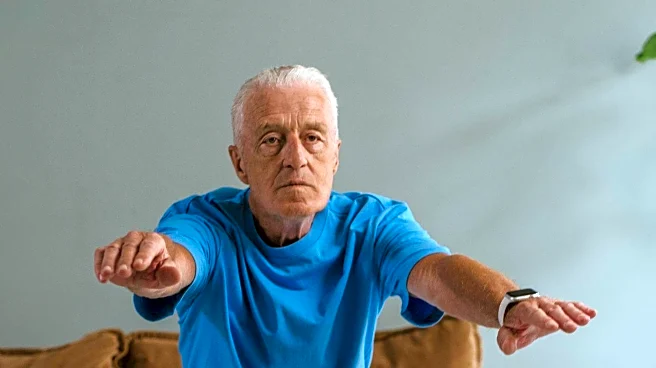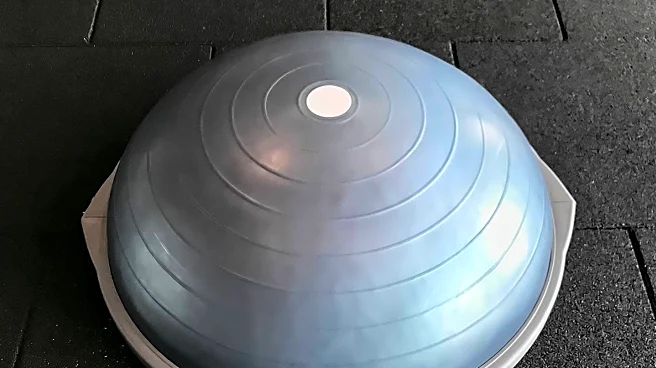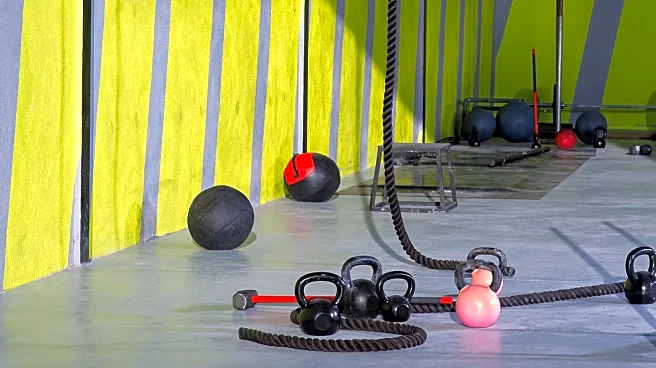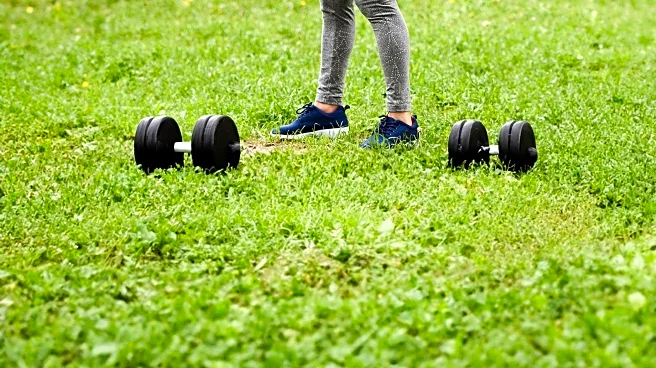What's Happening?
Experts are emphasizing the importance of balance training to reduce fall risks, particularly among older adults. Dr. Gillian Wooldridge, a sports medicine physician, highlights that balancing on one leg
is a daily activity, such as when walking or climbing stairs. Amanda Beaty, a physical therapist, notes that falls can significantly impact the independence and health of older adults. Balance is also linked to overall health, with conditions like diabetes and heart disease affecting it. The ability to balance for at least 10 to 15 seconds is recommended, with longer durations for younger individuals. Strength training and exercises like tai chi and dance classes are suggested to improve balance.
Why It's Important?
Improving balance is crucial for preventing falls, which can lead to severe injuries and loss of independence, especially in older adults. Falls are associated with increased anxiety and reduced mobility, impacting quality of life. Balance training can enhance physical activity levels, contributing to better health outcomes and longevity. It also serves as a preventive measure against conditions that affect balance, such as osteoarthritis and joint pain. By maintaining balance, individuals can remain active and healthy, reducing the risk of falls and associated health complications.
What's Next?
Individuals are encouraged to consult healthcare professionals if they experience balance issues or recurrent falls. Physical therapists can provide tailored plans to safely improve balance. At-home exercises using support like kitchen countertops can be beneficial. Incorporating aerobic and strength training exercises can further enhance balance and reduce fall risks. The focus on balance training is expected to grow as awareness of its benefits increases, potentially leading to more community programs and resources dedicated to fall prevention.
Beyond the Headlines
The emphasis on balance training highlights broader health and wellness trends, focusing on preventive care and active aging. It underscores the importance of maintaining physical fitness to support independence and quality of life in older age. The approach also reflects a shift towards holistic health practices, integrating physical, mental, and social well-being.











